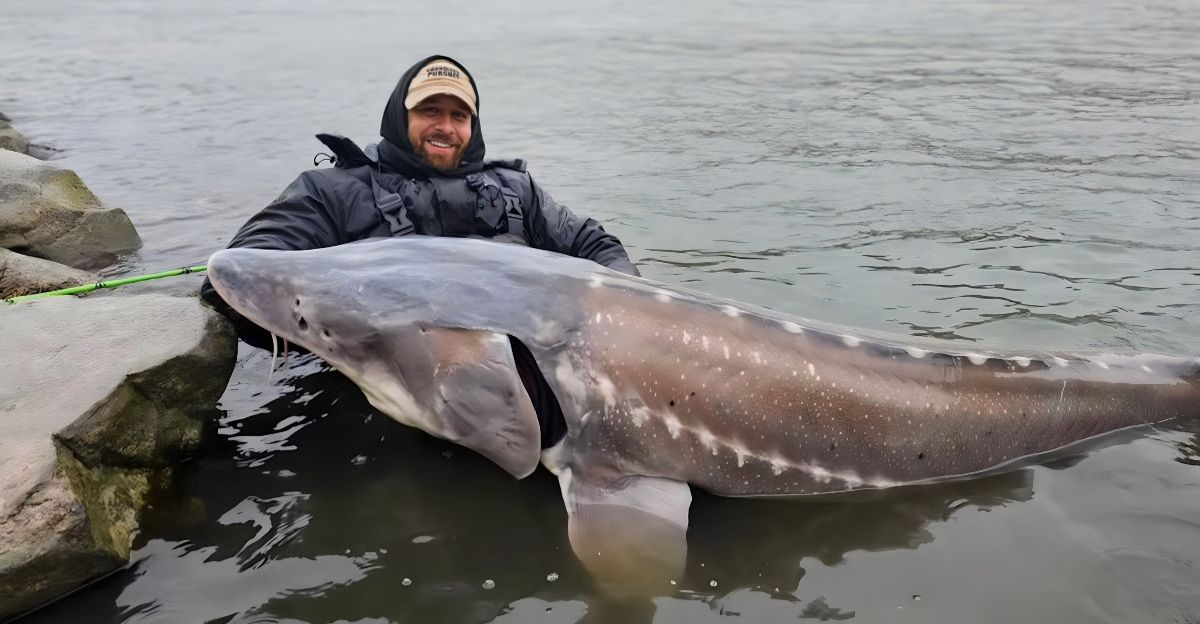
With how big the oceans are, there are 20,000 or more fish species swimming around. However, one species has been living in the waters for more than 200 million years. Sturgeon have undergone very little changes since the time of the dinosaurs. These “living-fossils” have survived mass extinctions, but now they may be in danger.
Evolutionary Marvel

Sturgeon have been dominating river systems across North America and Eurasia for millions of years and evolved into something very similar to what they are today long before dinosaurs. They have a sucker-like mouth that allows them to vacuum up their prey, including crustaceans like crabs and mollusks.
Impressive Size And Lifespan
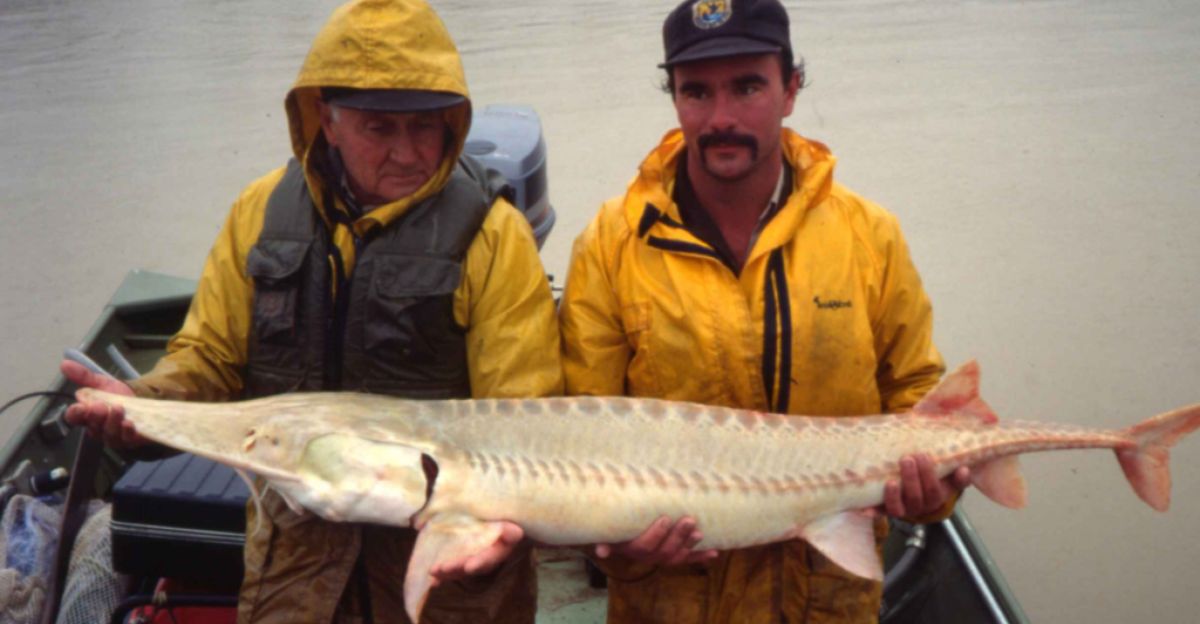
Sturgeons are an incredible species that can grow as long as 22 feet and weigh easily over a tonne. They are also known for their long life spans, with some examples living over 100 years old. Part of the secret to their long lives is that they only reach sexual maturity at around 15 years old.
Significance
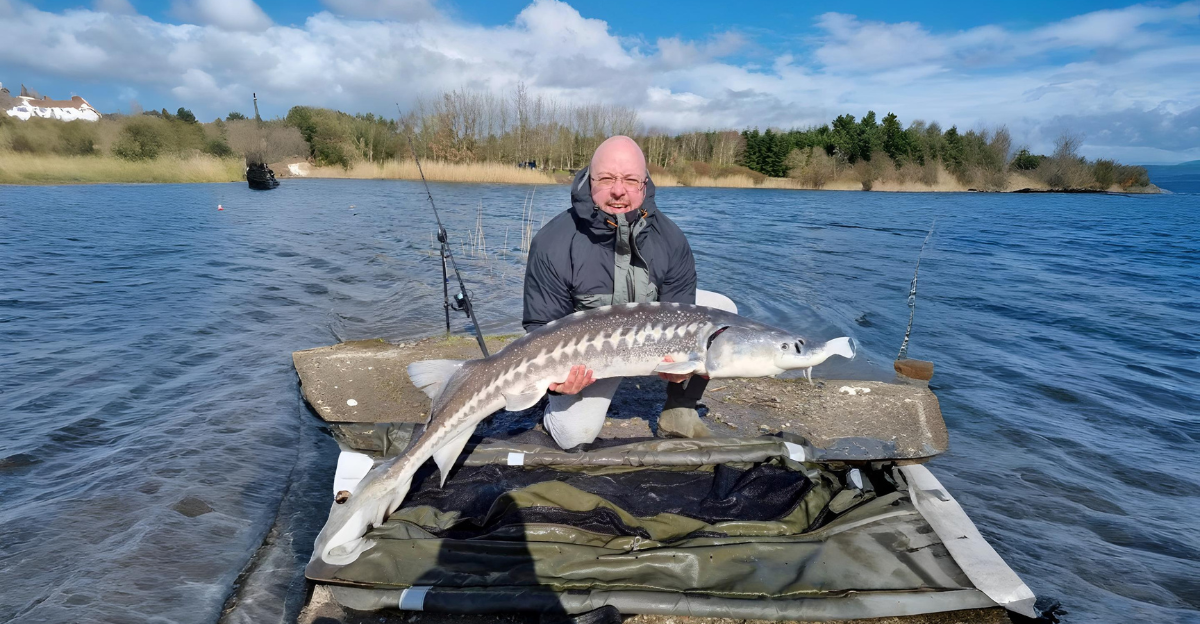
Since sturgeon have been around for so long, they have had a significant impact on humans throughout history. Native Americans, settlers in Jamestown, and people in the Lewis and Clark expeditions all fed on sturgeon meat to sustain themselves in their exploration or day-to-day lives.
Uniqueness
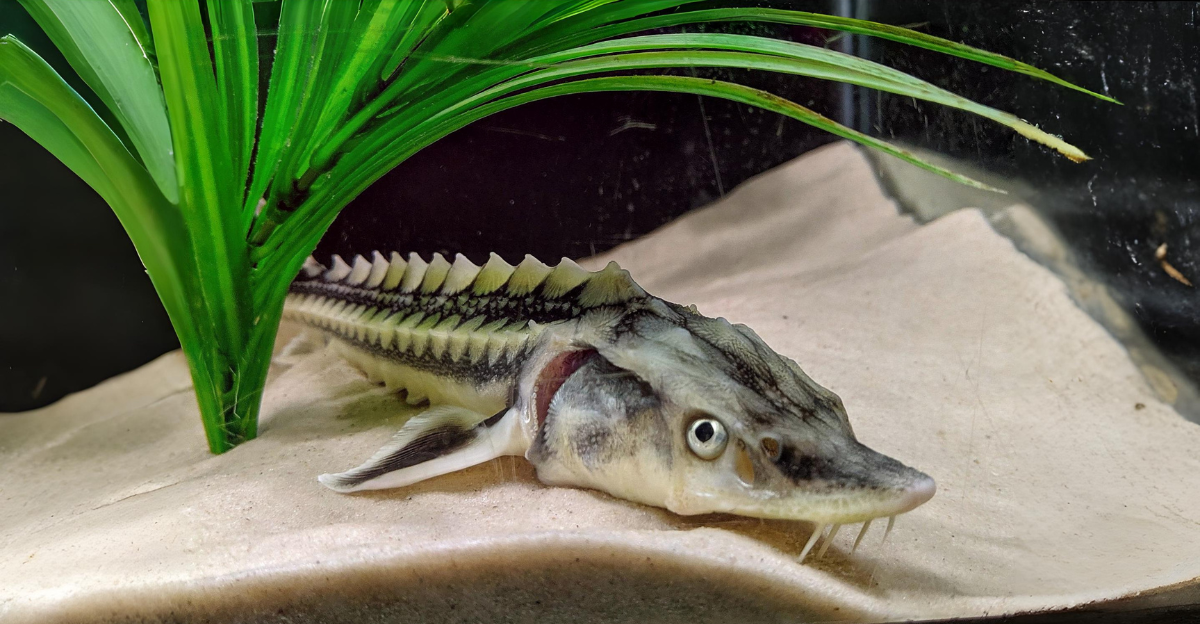
There’s no argument that Sturgeon has a uniqueness to their population. Their skeletal structure is mostly made up of cartilage, just like sharks. They do have bony plates that cover their bodies as a protection against predators, have barbels on their chins, and specialized mouths to vacuum-feed.
Diverse
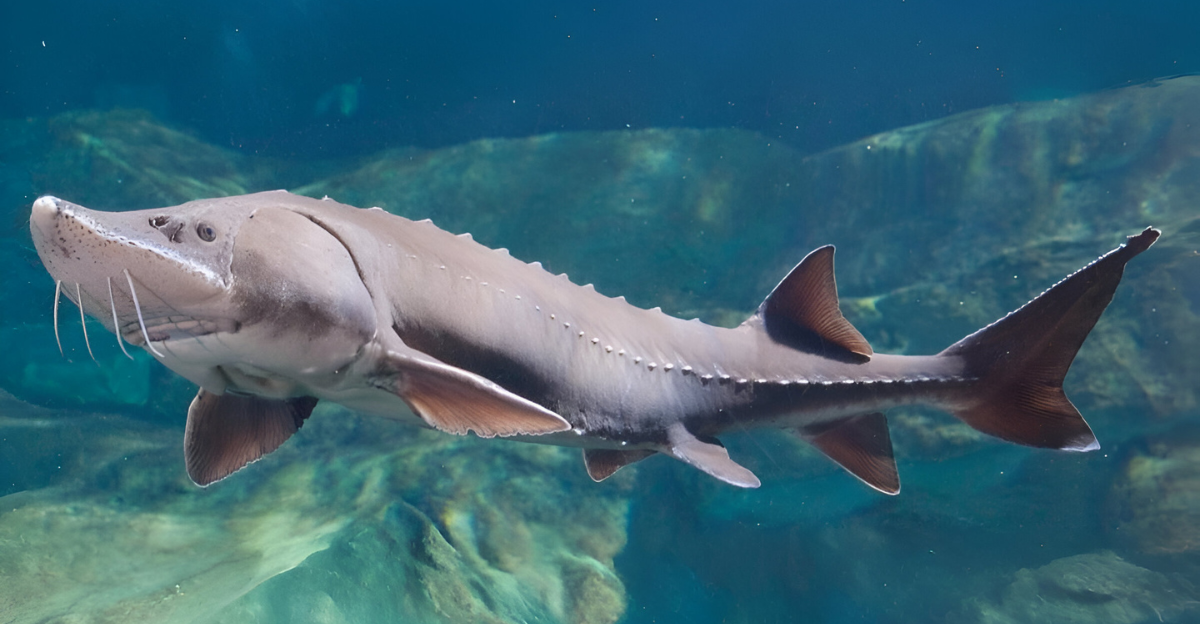
There are 28 different species of sturgeon, giving them a diverse population in temperate, sub-Arcitc rivers, lakes, and coastlines all throughout Eurasia and North America. There have even been fossils found that suggest sturgeon once inhabited parts of Africa as well.
Critically Endangered
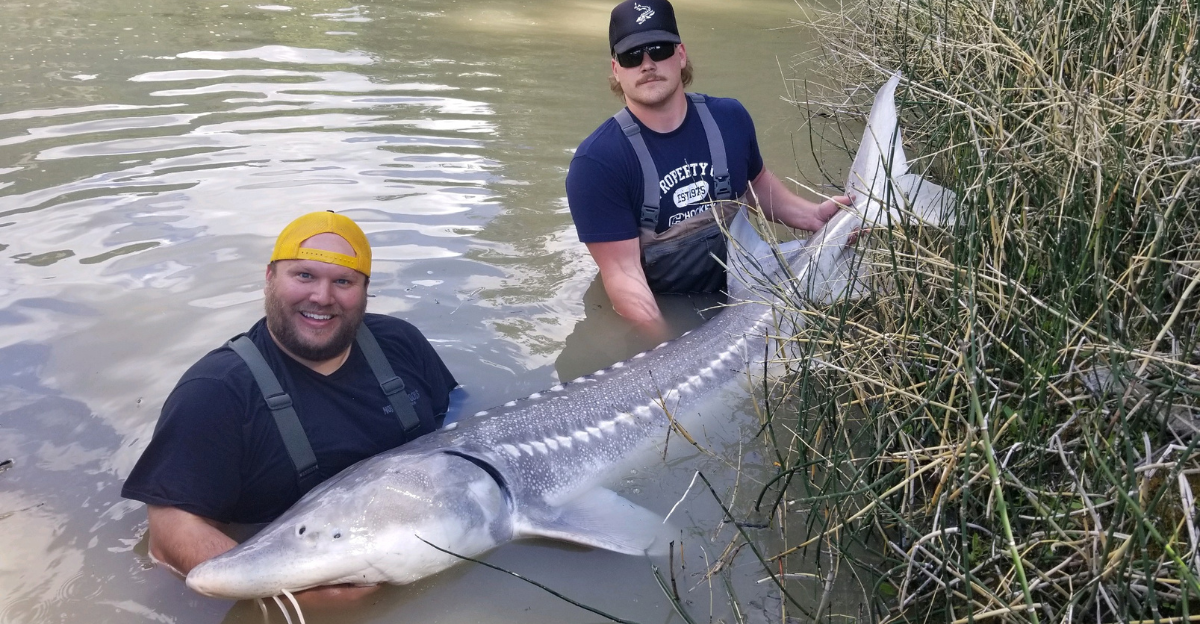
Sturgeon may have survived mass extinction events, but today, the remaining 26 species are all at risk of dying out. The Yangtze sturgeon is already extinct in the wild, with the Chinese paddlefish completely extinct. Nearly two-thirds of the species remaining are categorized as critically endangered. Even the ship sturgeon has disappeared from its habitat, and scientists fear the worst.
Threats
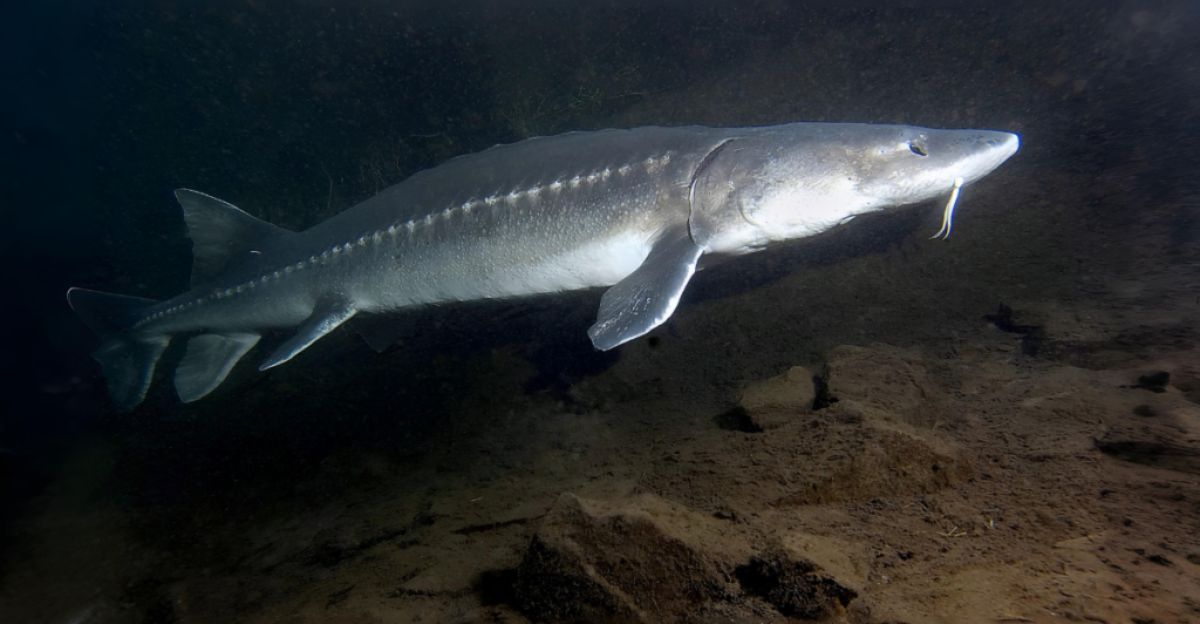
Sturgeon do not face extinction from natural predators but from poaching for their meat and their caviar. They also face risks from habitat shrinkage and dams stopping them from being able to migrate. Mining practices have also disrupted their breeding grounds.
Conservation
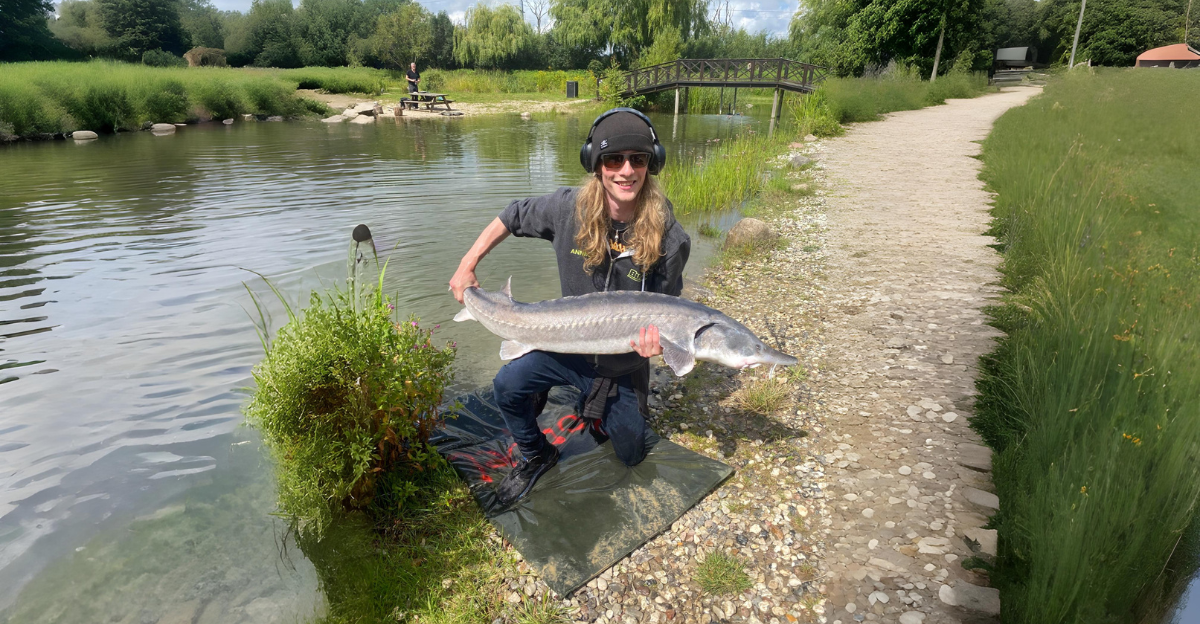
Thankfully, this issue has not gone unnoticed, and organizations like the World Sturgeon Conservation Society and the World Wildlife Fund are cooperating to protect the sturgeon species. They are developing new conservation methods through research and raising awareness of this critical issue.
Challenges

Although they are trying to get the help that they need, sturgeon conservation has unique challenges. Because their migration routes pass through several borders, international cooperation is needed to nurture a culture that will protect this endangered species.
Sustainable Aquaculture
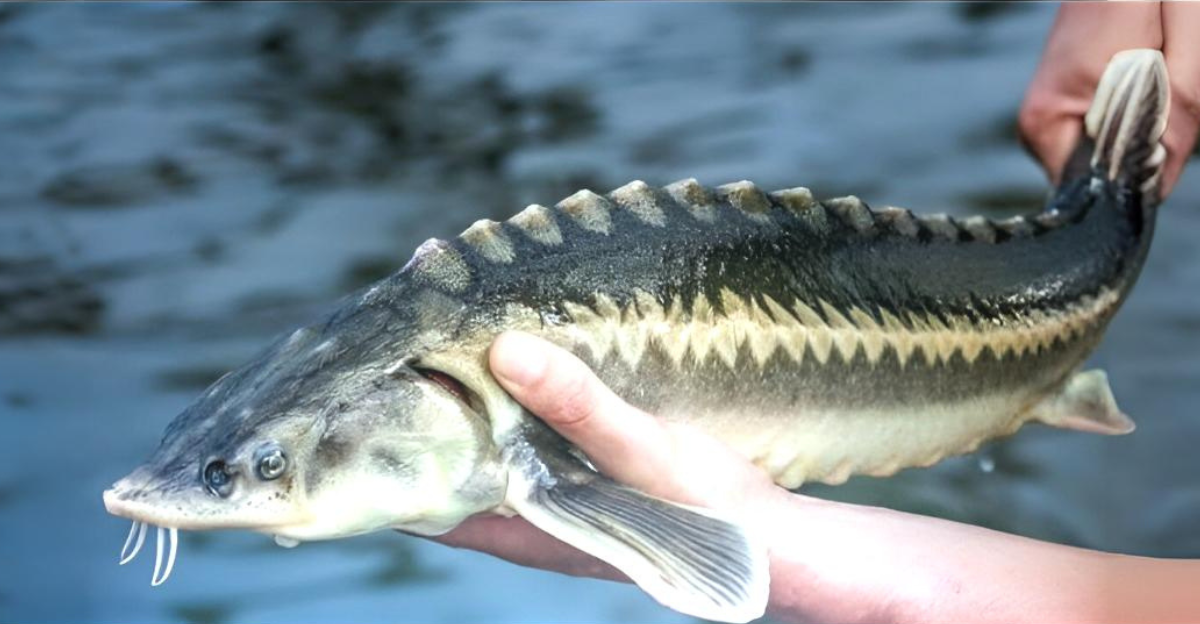
Sturgeon farming for caviar production will help to find an alternative source for caviar and lead to less poaching of the species, but this could also negatively impact the sturgeon if it is not done properly. Sturgeon farming must be sustainable, with healthy populations, to ensure that no disease can be cultivated among the farmed population and potentially spread to wild sturgeon.
Human Impact
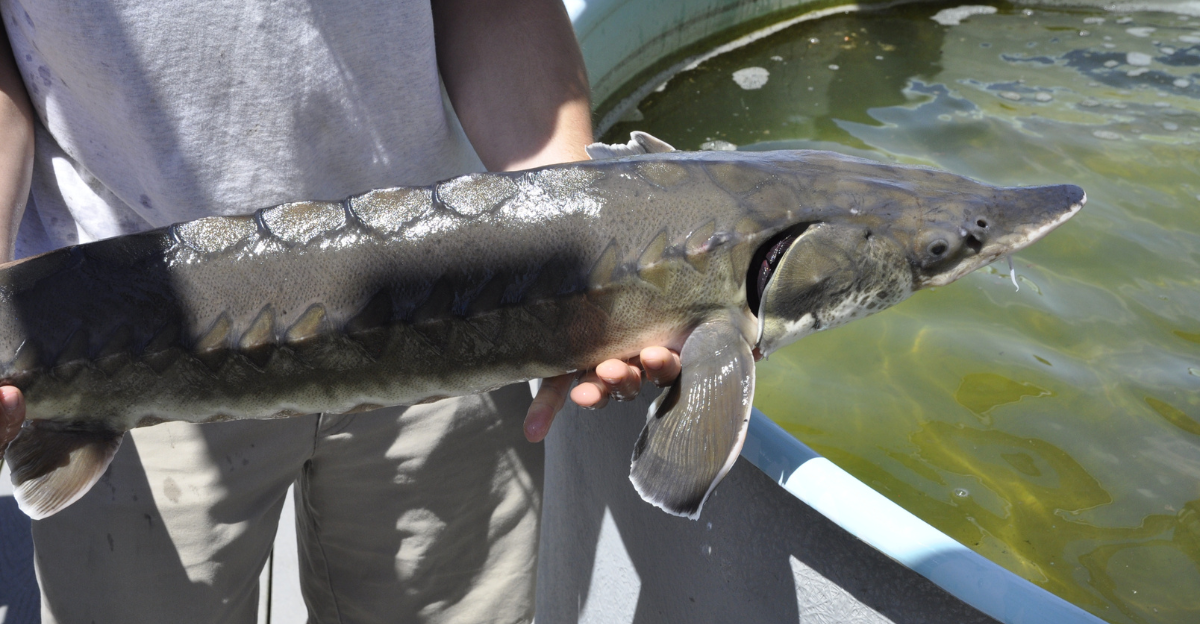
The species’ decline is a reminder of human impact on nature and how it can throw many ecosystems out of balance. As we all work towards protecting the sturgeon species, only time will tell if these conservation efforts are enough to keep these amazing animals alive and thriving for future generations.
Explore more of our trending stories and hit Follow to keep them coming to your feed!

Don’t miss out on more stories like this! Hit the Follow button at the top of this article to stay updated with the latest news. Share your thoughts in the comments—we’d love to hear from you!







